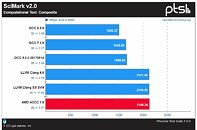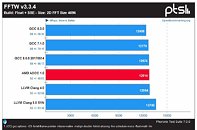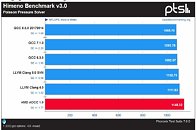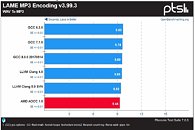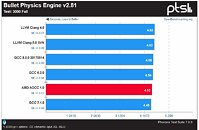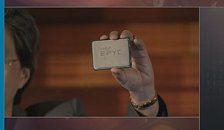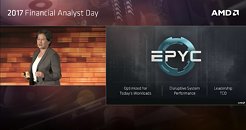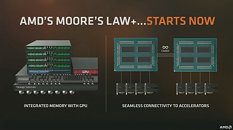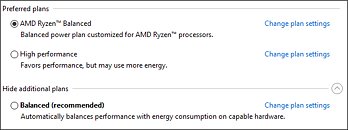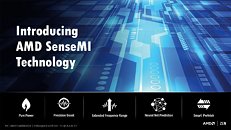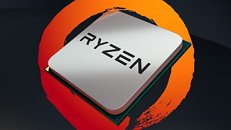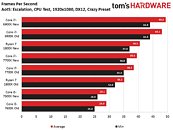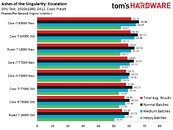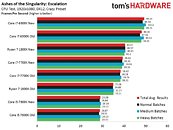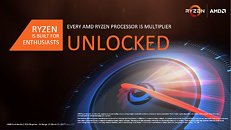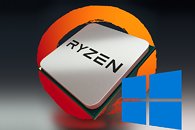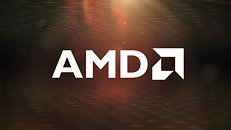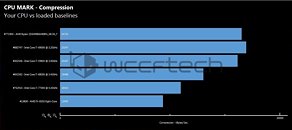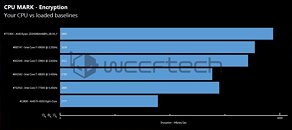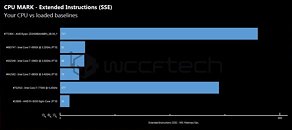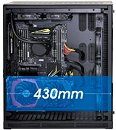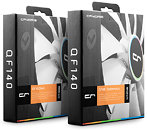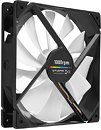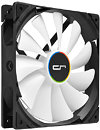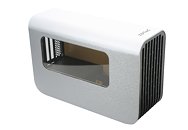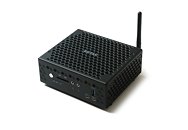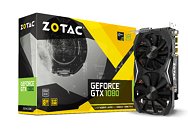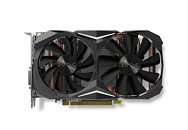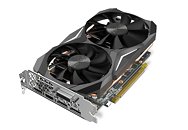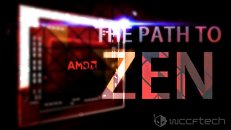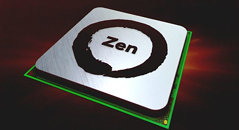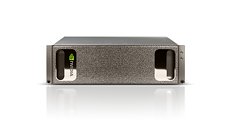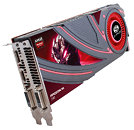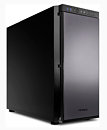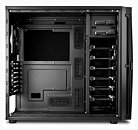
AMD Ryzen-optimized C and C++ Compilers Improve Performance
AMD followed up its Ryzen processor launch with support for the software development ecosystem by releasing special C and C++ compilers that let you make software that can fully take advantage of the "Zen" micro-architecture. The new AOCC 1.0 C/C++ compilers by AMD are based on LLVM Clang, with "Zen" specific patches. AMD claims AOCC offers improved vectorization and better code generation for "Zen" based CPUs. It also includes a "Zen" optimized linker.
Phoronix benchmarked AOCC against other more common compilers such as GCC 6.3, GCC 7.1, GCC 8, LLVM Clang 4.0, and LLVM Clang 5.0 using a Ryzen 7-1700 eight-core processor powered machine, running on Ubuntu 17.04 Linux, and found that AOCC offers higher performance than GCC in most cases, LLVM Clang in some cases, and marginally higher performance than LLVM Clang in some cases. Find more results in the link below.
Phoronix benchmarked AOCC against other more common compilers such as GCC 6.3, GCC 7.1, GCC 8, LLVM Clang 4.0, and LLVM Clang 5.0 using a Ryzen 7-1700 eight-core processor powered machine, running on Ubuntu 17.04 Linux, and found that AOCC offers higher performance than GCC in most cases, LLVM Clang in some cases, and marginally higher performance than LLVM Clang in some cases. Find more results in the link below.
